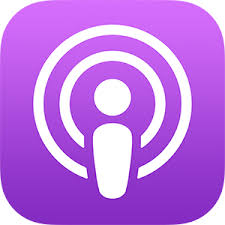Episode 28: Is Your Horse Training Routine Dead?
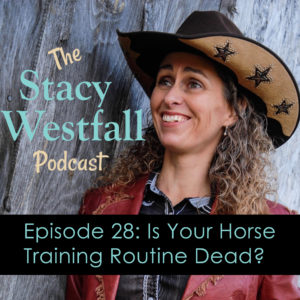
Subscribe and never miss an episode! (I listen in the barn and when I’m out driving)
Subscribe For Free!
How do you know if your training routine is dead? Last week, I talked about how horses can “learn how to learn.” This week, I’m going to take that concept a little further and explain how I use training cycles to influence the horse both physically and mentally. In episode 25, I talked about anticipation in a positive and negative way, and “the horse anticipating the end of the ride.”
Some people may take this as the horse doesn’t enjoy being ridden, but actually the horse anticipating the end of the ride is such a clear reward. It’s that clarity of the reward that gives the end of the ride such draw or pull. You can actually create that draw at multiple points inside your ride? By getting on and off of the horse, it will latch onto the clarity of those kind of endings. When horses “learn how to learn” they are pulled towards that draw, and it can be instilled throughout the ride. Today, I’m explaining how this can be a powerful training technique.
“When the horse doesn't take advantage of the break, it must be stressed and is asking for guidance.” Stacy Westfall Click To TweetShow Notes:
[02:43] Think about your training cycle as physical work followed by an emotional cycle.
[04:33] You can get a lot more done when you use cycles, because you are putting the horse through more cycles, and you are taking advantage of the physical and emotional.
[04:46] The first cycle can expend a lot of their energy and then the other cycles won’t be as physically demanding.
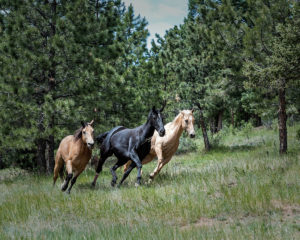
[05:33] It’s a little bit different with an older horse. The emotional cycle will look more like a rest break, because the horse has learned how to take advantage of these cycles.
[06:47] If your horse isn’t in a balanced emotional state, it won’t take advantage of that break time.
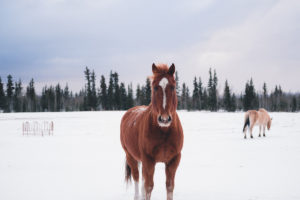
[07:07] When the horse doesn’t take advantage of the break, it must be stressed and is asking for guidance.
[08:30] Using the training cycles helps you gather more information about your horse.

[09:11] I often see riders get on and ride and then be done without any clear cycles in between. Try visualizing a heart monitor. Work cycles need to have ups and downs daily, weekly, monthly, and yearly.
[10:35] The question to ask is has your training cycle flatlined.
[11:34] If you ride your horse at the same intensity day after day, your training cycle may be flatlined.
“Training cycles will encourage you to be a lot more intentional about influencing your horse both physically and mentally.” Stacy Westfall Click To TweetLinks and Resources:
Episode 25: Is Your Horse Anticipating?
Episode 27: Horses Can ‘Learn how to Learn’
Teaching a Horse to Handle Stress. Episode 4: the Trail to the World Show
Stacy’s Video Diary: Jac-episode 13-training Cycles in Horse Training: Physical and Emotional
SUBSCRIBE TO THE PODCAST HERE:
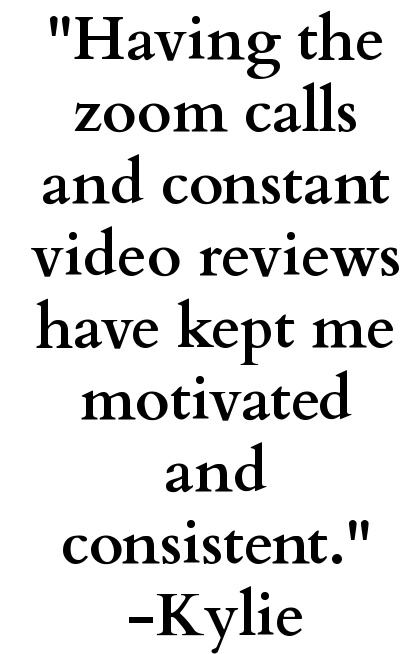
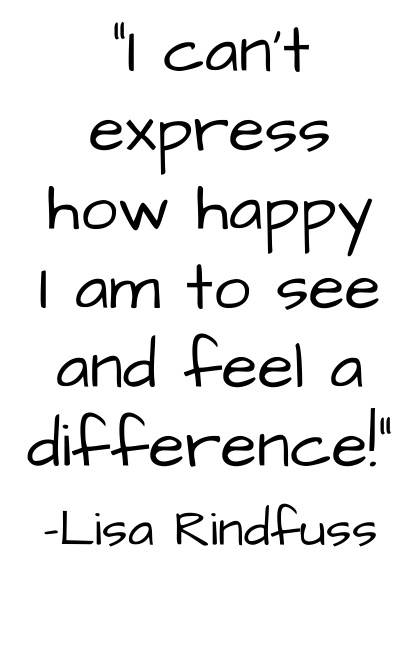
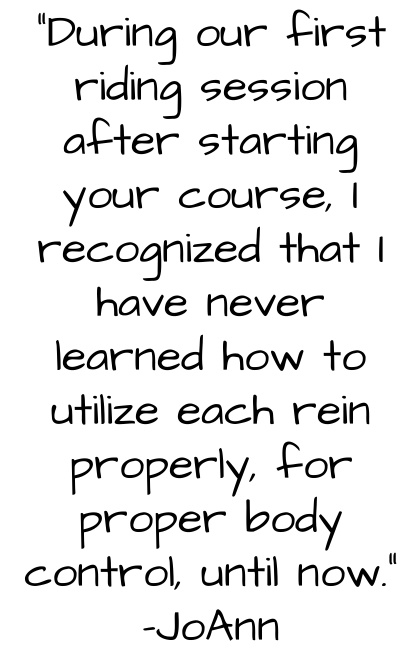
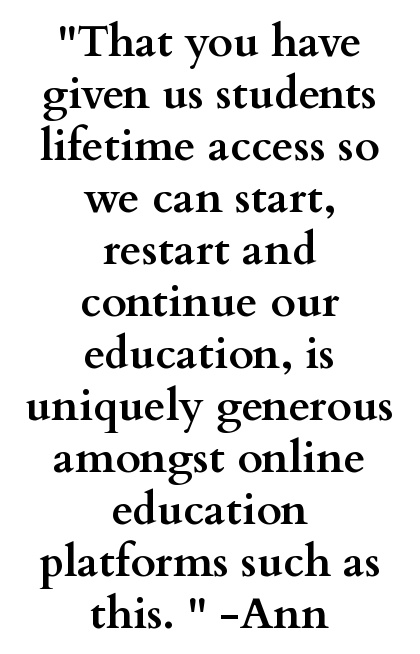
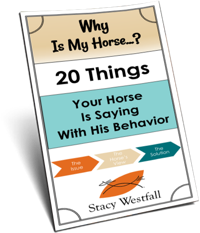
YOURS FREE
WHY IS MY HORSE...?




